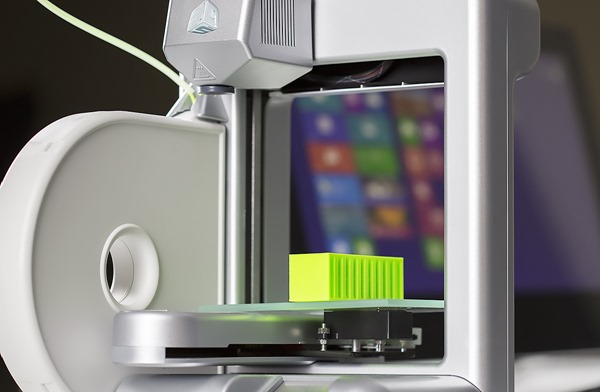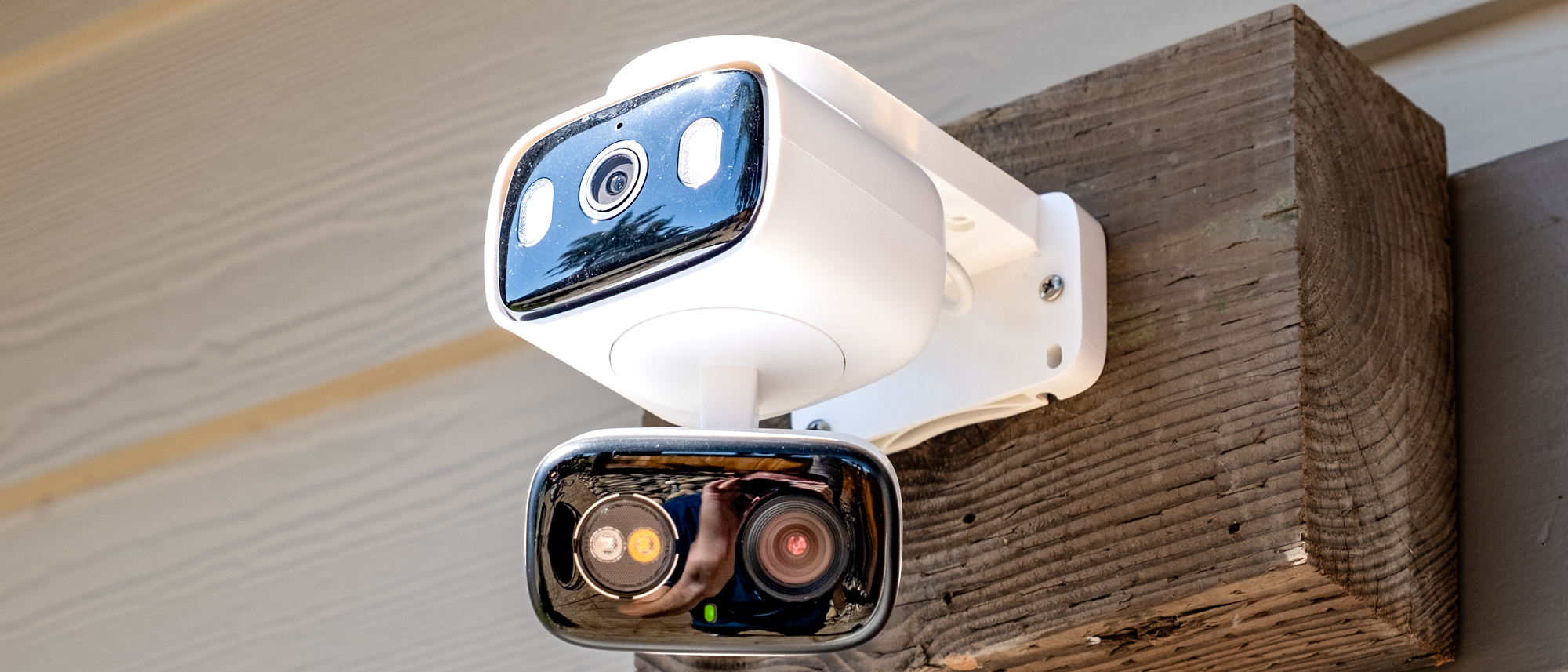Microsoft Talks More About 3D Printing in Windows 8.1
Microsoft and hardware partners created a new 3D print format for Windows 8.1.

Microsoft's Extreme Windows Blog was updated with additional information about Microsoft's native 3D printer support in the upcoming release of Windows 8.1. The company said it set specific goals when approaching support including a high quality print experience for Windows Store apps and Desktop apps, and to make it easy for developers to add 3D printing support to their apps.
The company also wanted to provide uniform compatibility for 3D printers that exist both today and in the future, and define a feature set for 3D printing that represents the capabilities of current and upcoming 3D printers. Microsoft also set out to provide support for other manufacturing devices such as water jet cutters and CNC milling machines.
MORE: 3D printing projects: 10 Great 3D-Printing Projects
"The best way that I know to summarize these goals is to make 3D printing on Windows more like 2D printing on Windows," said Microsoft's Gavin Gear. "Achieving this goal would require the definition of a common 3D printing data format for Windows, integration with the Windows print pipeline, and close collaboration with the 3D printing hardware and software ecosystem."
He said that one of the big steps in implementing 3D printing support in Windows was determining how apps would actually pass data to the printer. Currently, there are a number of formats related to 3D graphics and 3D models, but none of these meet the goals of supporting 3D printing in Windows. Even more, the most common 3D printing format, STL, is missing important features like color and material support.
"Our hardware and software partners noted that STL was important to support as an input format, but is not rich enough for the primary data format for passing data from apps to their devices," Gear explained. "Additionally, many of the existing 3D formats are unsuitable for streaming processing by the Windows spooler and print pipeline."
Thus, after evaluating the alternatives, the decision was made to develop a new 3D manufacturing based on partner feedback and requests: the 3D Manufacturing Format, or 3MF. This new file format is based on XML and features definitions for data related to 3D manufacturing including third-party extensibility for custom data. Apps pass 3MF data to Windows, and Windows spools that data out to the 3D printer device drivers.
Get instant access to breaking news, the hottest reviews, great deals and helpful tips.
"With this data format defined, it became possible to integrate 3D printing support into the OS, using familiar Windows technology," Gear said.
The blog goes on to talk about how Microsoft extended the print pipeline for 3D, optimized workflows for 3D printing, and even provides a 3D printing demo (which we pasted below). To read the full blog entry, head here.
Follow us @tomsguide, on Facebook and on Google+.
Kevin started taking PCs apart in the 90s when Quake was on the way and his PC lacked the required components. Since then, he’s loved all things PC-related and cool gadgets ranging from the New Nintendo 3DS to Android tablets. He is currently a contributor at Digital Trends, writing about everything from computers to how-to content on Windows and Macs to reviews of the latest laptops from HP, Dell, Lenovo, and more.
-
jn77 Microsoft can't get the basic printer drivers to work the way they should and support all the features of modern printers, how are they going to make printer drivers for 3D printers any better. I think drivers worked better when the manufacturer of the printer made them.Reply -
back_by_demand Jn77, seeing as printer manufacturers are responsible for creating their drivers, in not sure how you can justify an anti-MS rantReply -
rb420 back_by_demand, since when do fan boys need justification.Reply
Jn77, try watching the embedded video. -
audiophillia I can't find a downside to Microsoft offering support for the home 3D printing market.Reply
I guess I'll just default on unsupported rhetoric or maybe bring up something unrelated from Microsoft past like an insane ex-girlfriend. -
JudithEHansen I can't beleve I just got cream Ford Fiesta ST by working from the internet. Find Out More.......... www.Fb47.cℴmReply -
shoesus51 Wonderful.Reply
Share a website with you ,
( http://www.shoes2.us// )
Believe you will love it.
We accept any form of payment.
http://www.shoes2.us/Michael-Kors-Handbags-n2447/
